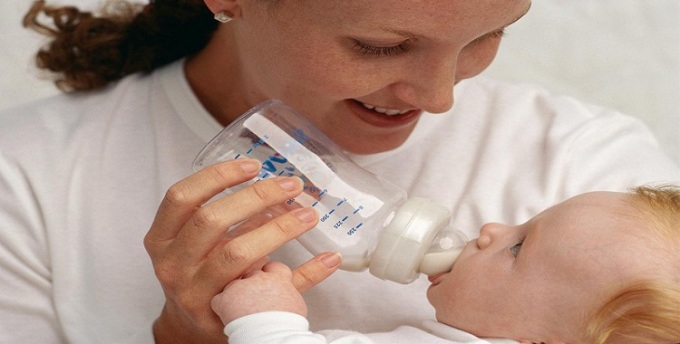The global animal health market has shown consistent growth over the
past several years which was driven by emerging markets such as Eastern
Europe, Latin-America and countries across Asia Pacific region. The
growth of this industry has been influenced by the opportunities in all
categories of animal health care products such as pharmaceuticals,
vaccines and medical feed additives. The increasing global population
along with an increase in the personal disposable income acted as a
catalyst for the development of this industry. Additionally, factors
such as the rising awareness for pet health worldwide have led to
increased expenditure on veterinary care, due to the rising household
incomes. High expenditure by market players in research and development
activities for innovating new vaccines and treatment methods for animal
diseases to prevent highly prevalent zoonotic diseases has further
elevated the animal health market.
Parasiticides dominated the market with a high revenue share in 2015. These products are used for controlling internal and external parasites in livestock and companion animals. The major example of their use includes preventing flea and tick infestations and internal parasites like tapeworm in companion animals.
Biologicals include all antisera, viruses, toxins, serums or any products from natural or scientific origin derived from animals to improve immune system. Vaccines form an important part of veterinary biological market. Affordable nature of these vaccines with less cost of vaccines compared to payment of treatment and prolonged life expectancies are the major factors which have generated revenue for biological segment.
Animal feed additives are substances added to animal foods to improve its nutritional value, to add medication in food, as preservative and for improving taste or color of food. Anti infectives are used for treating the microbe-borne infectious disease which is cured either by inhibiting spread of an infection or by killing the micro-organisms. Anti infectives majorly include antimicrobials, antibiotics, antifungals, and antivirals.
Other pharmaceutical products majorly include anesthetics, antacids, anti-inflammatory, hormones, muscle relaxants and many others. Rising awareness among animal owners about the availability of diverse types of animal health products is the major factor which has driven the demand for other pharmaceutical products in the market.
Topics Covered in the Report
https://www.kenresearch.com/agriculture-and-animal-care/animal-care/global-animal-health-report-2020/54216-104.html
Contact Us:
Ken Research
Ankur Gupta, Head Marketing & Communications
Ankur@kenresearch.com
+91-9015378249
Parasiticides dominated the market with a high revenue share in 2015. These products are used for controlling internal and external parasites in livestock and companion animals. The major example of their use includes preventing flea and tick infestations and internal parasites like tapeworm in companion animals.
Biologicals include all antisera, viruses, toxins, serums or any products from natural or scientific origin derived from animals to improve immune system. Vaccines form an important part of veterinary biological market. Affordable nature of these vaccines with less cost of vaccines compared to payment of treatment and prolonged life expectancies are the major factors which have generated revenue for biological segment.
Animal feed additives are substances added to animal foods to improve its nutritional value, to add medication in food, as preservative and for improving taste or color of food. Anti infectives are used for treating the microbe-borne infectious disease which is cured either by inhibiting spread of an infection or by killing the micro-organisms. Anti infectives majorly include antimicrobials, antibiotics, antifungals, and antivirals.
Other pharmaceutical products majorly include anesthetics, antacids, anti-inflammatory, hormones, muscle relaxants and many others. Rising awareness among animal owners about the availability of diverse types of animal health products is the major factor which has driven the demand for other pharmaceutical products in the market.
Topics Covered in the Report
- Animal Parasiticides Market research
- Mexico Animal Health Market
- Growth Trends Feed Additives,
- Global Biological Market,
- Global Biological Market report
- Companion Animal Health Market Size,
- Parasiticides Market Growth,
- Brazil Animal Health Market ,
- Global Animal Health Market,
- Animal Health Industry Trends,
- Europe Animal Health Industry report
- US Animal Health Market research
- Animal Vaccines Market research report
- Pet Animal Health Developments market
https://www.kenresearch.com/agriculture-and-animal-care/animal-care/global-animal-health-report-2020/54216-104.html
Contact Us:
Ken Research
Ankur Gupta, Head Marketing & Communications
Ankur@kenresearch.com
+91-9015378249






